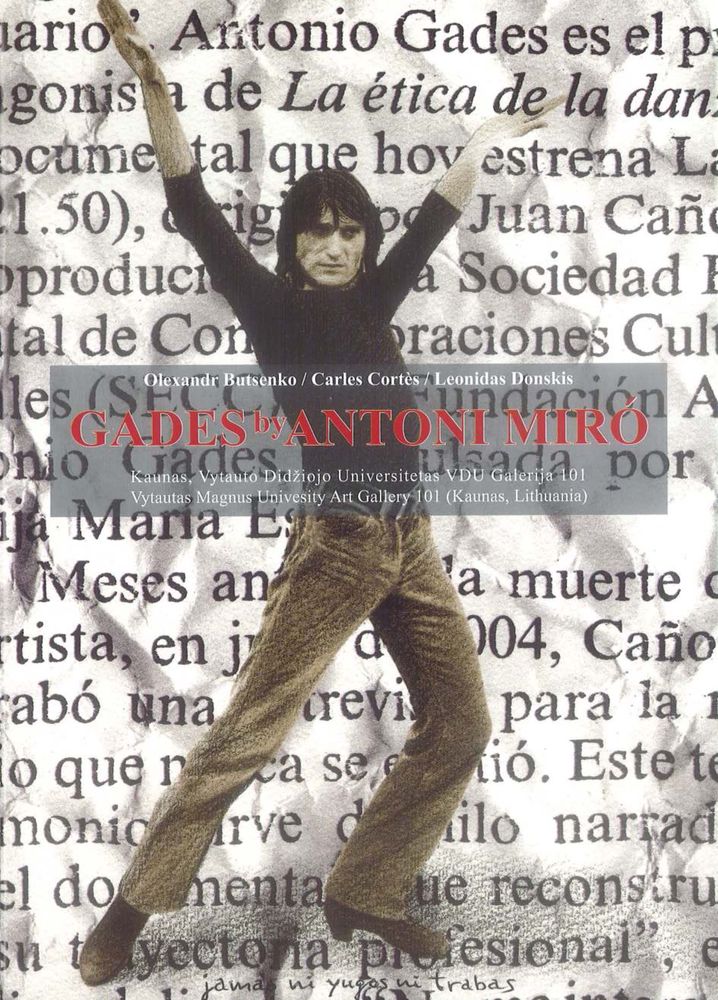Power of imagination
Olexander Butsenko
Paraphrasing L. Donskis, we can say that arts often anticipate the works of philosophers in revealing the modem forms of madness and barbarity. The modern art using various languages and removing traditional borders between types and forms by uniting them as a whole (in terms of literature, painting, performing art or cinematography) acquires additional power, the power of moral imagination.
One can put Miró’s series “Paint Painting” on a level of famous twentieth-century dystopias by Yevgeny Zamyatin, Aldous Huxley, George Orwell, and Anthony Burgess, analyzed by Donskis in his book. All authors used similar devices of expression in different genres: allegory, allusion, grotesque, hyperbole, quotation, social satire. If mentioned authors of literary dystopias “seek what such twentieth-century thinkers as Hannah Arendt, Simone Weil, Lewis Mumford, Isaiah Berlin, and Leszek Koiakowski sought in their social and political philosophy”, images of A. Miró anticipate to some extent conclusions of Manuel Castells, Francis Fukuyama or Noam Chomsky.
The art series “Wind of People” is not only homage to the friend and eminent ballet dancer, Antonio Gades, but also the foresight of future literary and critic articles dedicated to creative life of M. Hernández, A. Gades, and Antoni Miró himself. However, first of all, it’s the foresight of political and social philosophy about the possibility of individuals’ free choice in the modern world against the ascription inherited from the past or determined by power structures.
The art exhibition “Power of Imagination” showing in Ukraine has united three famous Spanish artists, a poet, a dancer, and a painter, with a well-known Lithuanian philosopher and literary critic, presenting that high synthesis of arts which allows expressing deeper the world of changeable and liquid modernity.
